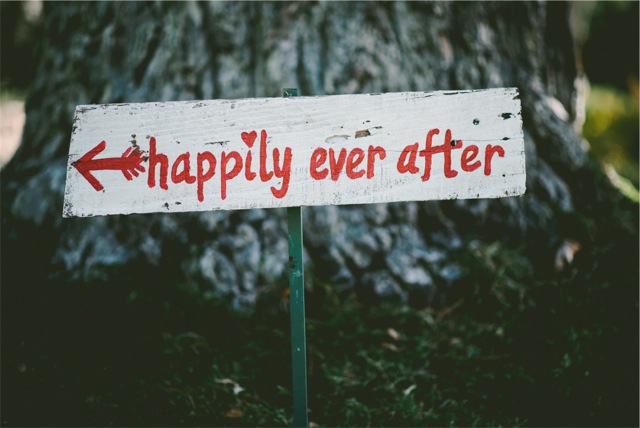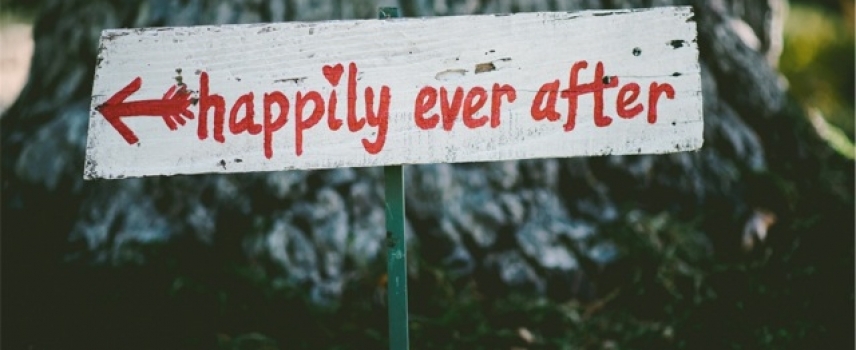
“We don’t reach the mountaintop from the mountaintop. We start at the bottom and climb up. Blood is involved.”
–Cheryl Strayed
I don’t care if you’re genetically blessed, rich, privileged, have an amazingly caring family, or are some kind of royalty. No matter what remarkable, positive, fortunate things have happened to you, you’re still struggling with one thing or another. You still have something to overcome. Whether it’s a physical condition, family stressors, financial problems, trauma from the past, or illness, every last one of us has—regardless of our race, ethnicity, or religion—has some challenge to overcome. We all have our crosses to bear.
If you’re trying to create a fantasy life of perfection that includes zero problems or struggles, I’m sorry to tell you that you’re living on the wrong planet. My sister once naively said to me, “Ahh I can’t wait until all of my life problems are just gone. Then I can be happy.” As nice as it sounds, that just isn’t how the world works. Bad situations may get patched up for a while, but life will soon kick us off course again. That’s how the universe keeps us on our toes, and it’s often the only way we learn and grow. So our choices are to kick and scream about it, deny it, or accept it. Yes, some problems can be solved, but there are always some things we can’t do anything about. As the serenity prayer goes, “God, grant me the serenity to accept the things I cannot change, courage to change the things I can, and wisdom to know the difference.” This prayer is a reminder for us to solve the issues that can be fixed—like paying that parking ticket that keeps showing up in the mail— and accept the things that can’t—like a non-treatable condition, trauma from the past, or the loss of a loved one. The challenge is to honor the pain, feel it, and then let it be, remaining aware of what can and can’t be changed. Whatever the situation, we must face it. Because trying to hide away from the negative emotions that come with life challenges can cause serious consequences to our health.
Goodbye, Problems; Hello, Happily Ever After
“If we all threw our problems in a pile and got a look at everyone else’s, we’d fight to get back our own.”
–Regina Brett
Life is not about getting rid of, erasing, or running away from our problems. It’s about learning to live within the mess and manage the best we can during the difficult times. The trick to making life more manageable is in recognizing how we tend to think about our problems and how we deal with them. I love the saying by Epictetus, “It’s not what happens to you, but how you react to it that matters.” I used to think it meant staying strong and ignoring the things or people that hurt me. I would fight my way through things, always thinking there was a solution to everything. As I have evolved, I’ve come to understand the saying differently. I see now that we have no control over many of the situations that happen to us; the only thing we can control is how we deal with them.
I used to feel like I was driving on the highway looking for a Happily Ever After exit sign. I’d race my car forward as fast as I could, but the exit sign never appeared. Without realizing it, I’d hitched all my troubles onto the back of my car, allowing them to follow me to my destination. It was only a matter of time until I needed to pull off the side of the road and realized they were traveling with me all along.
Crying is Healthy
“We all have problems just some of us know how to deal with them and others don’t.”
–Don Draper from Mad Men
All animals experience negative emotions, and they don’t try to suppress them. Human beings, on the other hand, are given the message that sad emotions should be suppressed. At least that’s what I grew up believing. In his article Why Crying Is Healthy & Necessary For Personal Growth, Steven Bancarz said, “Boys are taught that crying too much means they are a sissy, and girls are told crying too much makes them crazy. We aren’t told that crying is actually essential and is something we should do more of if we feel it’s what we need to do to express ourselves.”
When we don’t allow ourselves to cry or feel our true emotions, we end up stuffing them down, and studies have shown that doing this can cause psychological and physical ailments. I’ll be the first to admit that I’m a pro at suppressing my emotions. It’s usually my first move when I feel something unpleasant. Maybe it works for a little while, like shoving too many clothes in a suitcase, but eventually the zipper breaks and everything inside falls out. Like clothes in a suitcase, our emotions can only be stuffed down and packed in for so long. The most effective way to deal with problems is to allow ourselves to feel whatever is coming up in the moment, knowing that no matter how fortunate we are, challenges and difficulties are part of life.
As with most things, society is leading us in the wrong direction when it comes to dealing with our emotions. We’re told we’re weak if we cry or actually admit when something hurts us. I used to never cry, and I never let other people or myself know when something bothered me. Now I make it a point to do the opposite, no matter how uncomfortable it is. This allows me to honor myself and be true to who I am just by allowing myself to feel. It helps me build a stronger sense of self and allows me to listen to what my body, soul, and mind need. Studies show that crying is healthy and as natural as smiling. It’s a way for us to express on the outside how we feel on the inside.
Let me summarize some key reasons why crying is necessary for healing and personal growth. I’ve borrowed these points from Steven Bancarz, whom I mentioned earlier:
1) It clears your energy field – Crying is for your energy field what showering is for your body. It releases built up emotions and gets energy moving through your chakras in the way that nature intended. Your body isn’t stupid; it knows what it needs to feel and when. It’s just a matter of giving yourself permission to feel what you feel and look past any social programming or conditioning that’s preventing you from opening up to your own emotions.
2) It allows more to come up -Every time you cry, more and more emotions bubble up to the surface. For example, anger is a typical defense mechanism to cover up pain and fear. When you allow yourself to see past your anger and into your pain, you’ll realize that you’re only angry because you’re hurt or afraid of hurting again. Once you realize you’re in pain, you’ll begin to cry and start to discover why.
3) It prevents serious health issues -Suppression of emotion can lead to serious health problems. For example, if you have a defense system that turns pain into anger and gets stored in you as anger, you’re literally poisoning your body with the stress hormones that are released in your body. It’s been estimated that 90% of all diseases are either caused or worsened by stress in the body, and burying emotions increases hormones like adrenaline and cortisol that are associated with stress.
Just like all other animals, we’re meant to feel emotional pain and release it in some fashion. Crying is one of the greatest forms of psychological and physiological release. It’s the way nature designed us to deal with the range of our emotions. As Steven Bancarz put it, forcing ourselves not to cry is “almost like trying to force yourself not to sweat because you have been told that sweating is for ‘wussies.’ Sweating is your bodies way of cooling itself down, and if you were able to hold in the sweat to try to seem more manly or less crazy, you would cause yourself to overheat. The same can be said with tears.”
I’ve gotten to a point in my life where I allow myself to cry. At first I felt raw and vulnerable, like I was standing naked on a stadium stage. But I came to realize how much more relaxed I felt afterward, and how much better I felt about the situation that caused me to be upset. Crying helped me become clearer about whether I could fix the situation or whether it was just something I had to accept. I am now more attuned to my body and what it is I need to heal, move forward from, and let go of. Now I realize that my happily ever after isn’t a single destination. I’ll always be on the road of happiness with all of my issues and challenges riding along in the backseat. The difference is I know they’re there, and I accept them as part of my journey. Happily ever after is here, now. It’s living in the moment, knowing things don’t have to be perfect all the time, and being okay with that.
Talk soon,
Dr. Ilene
Article edited by Dr. Denise Fournier





